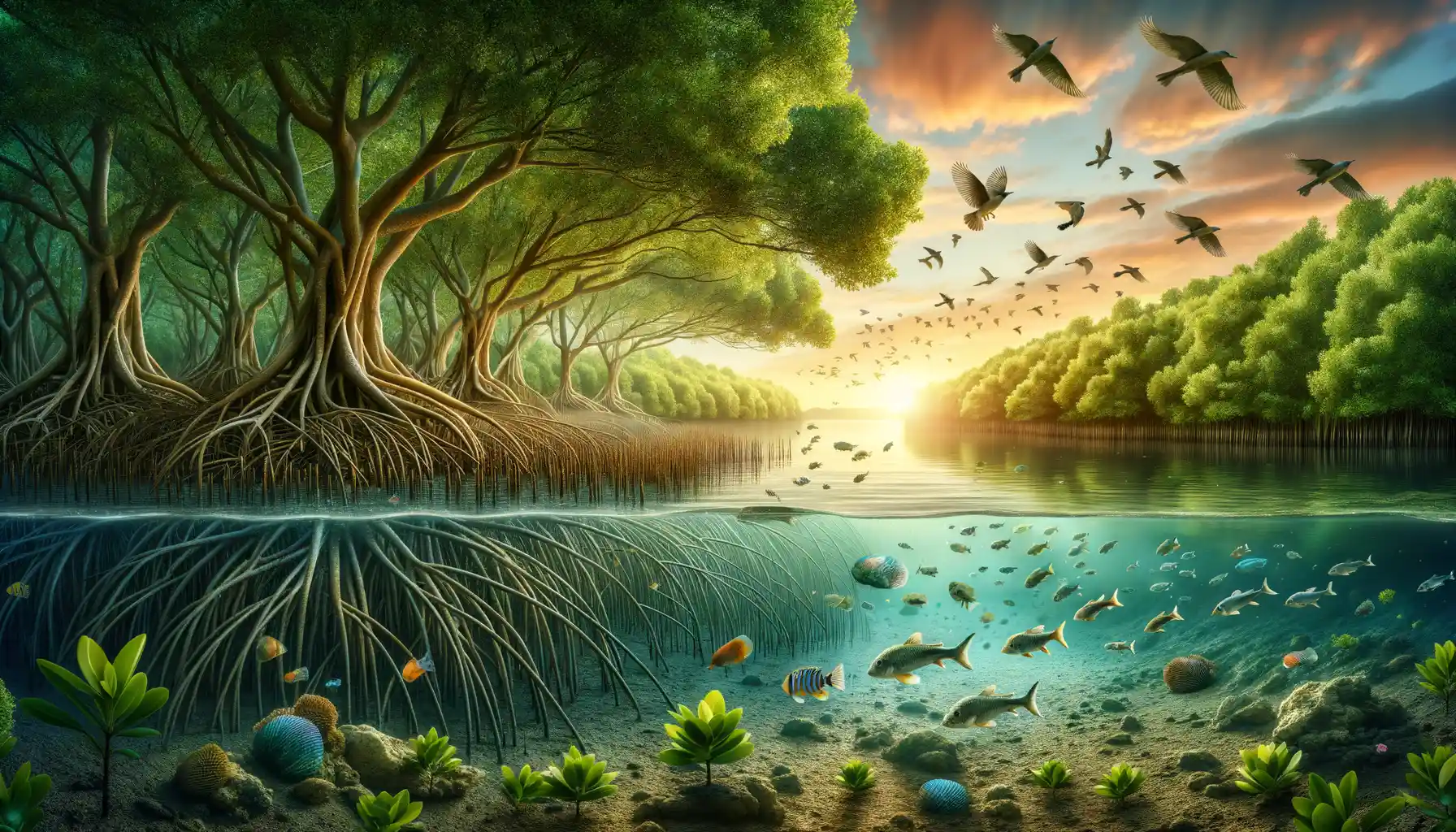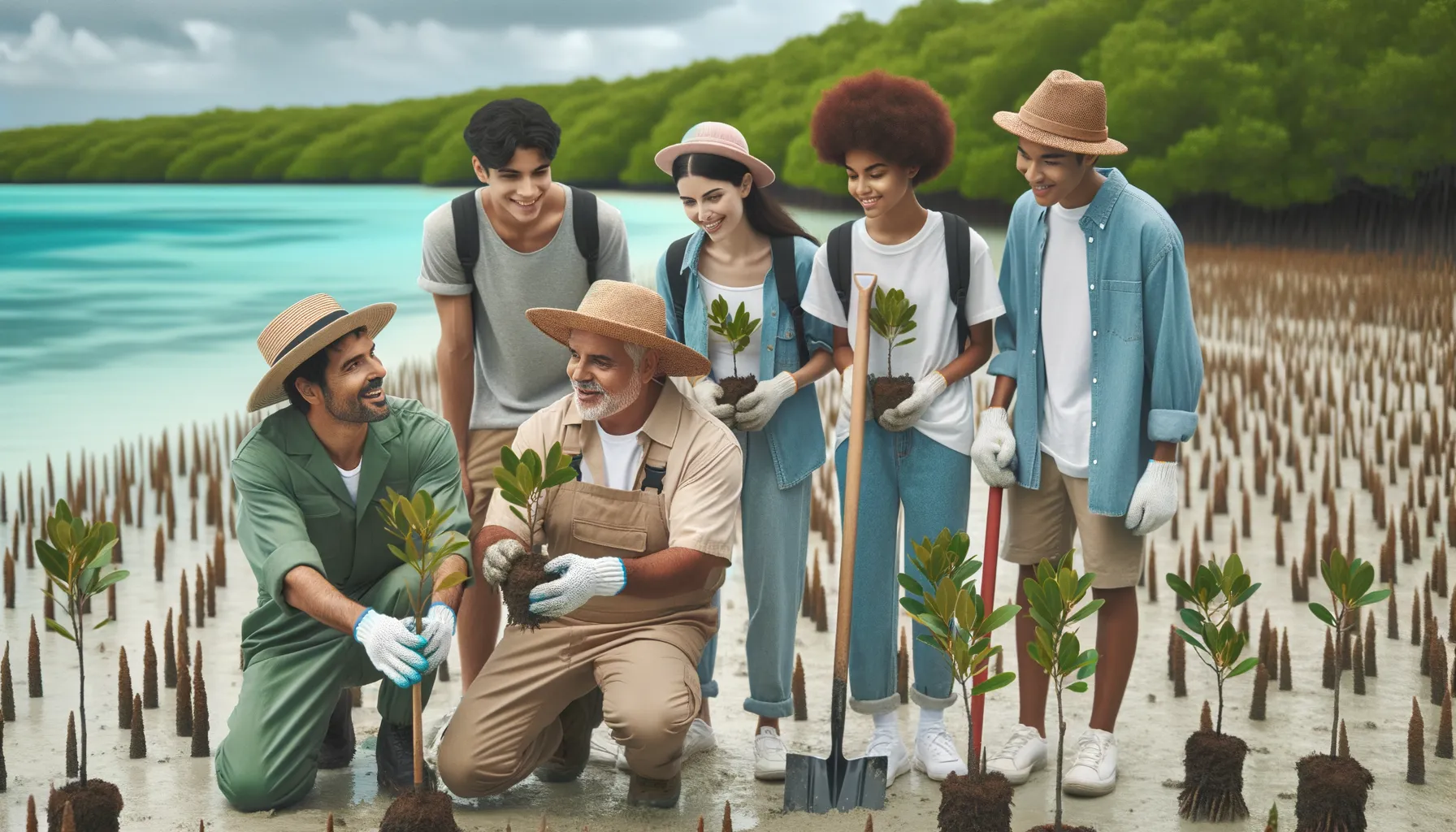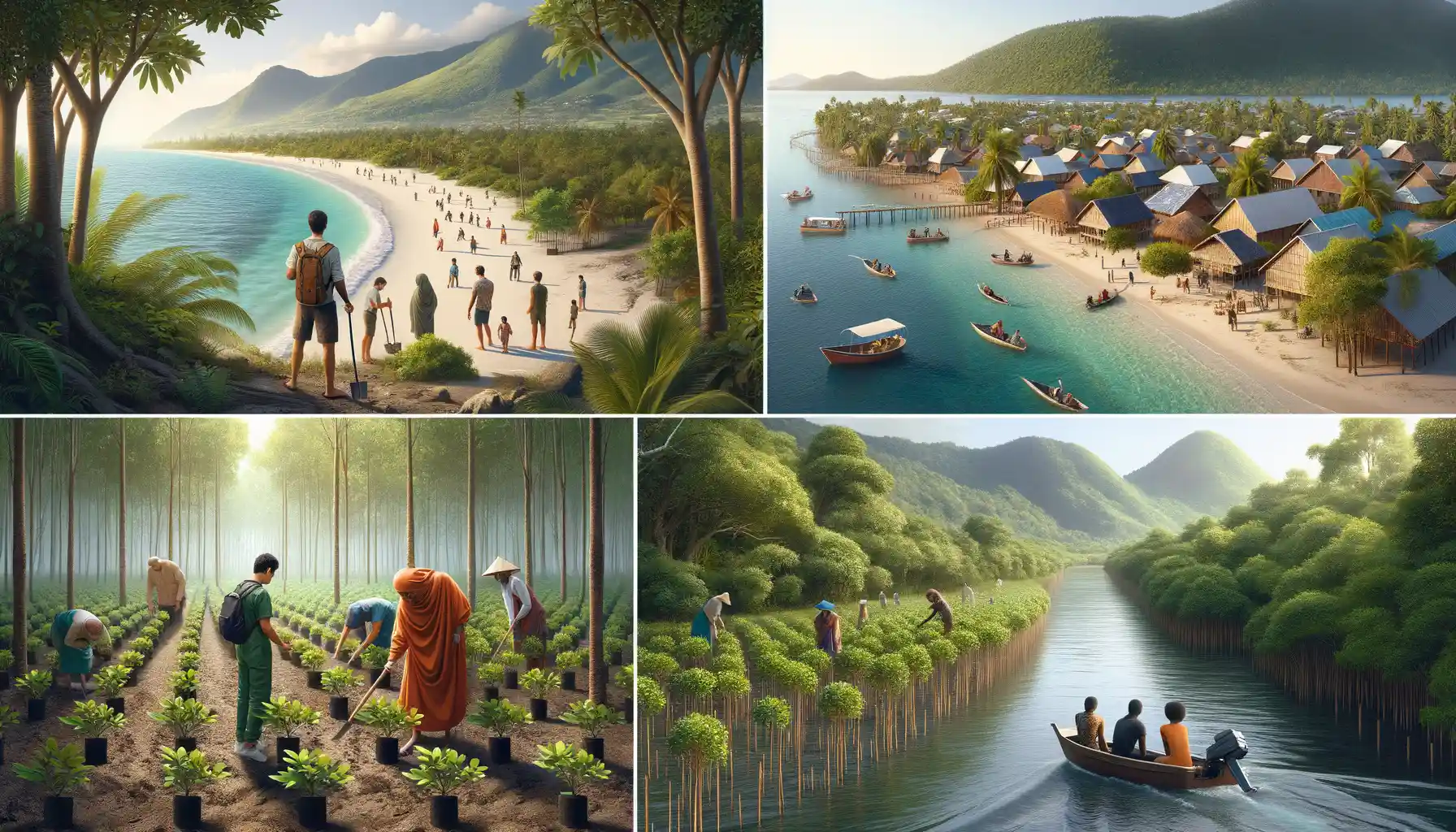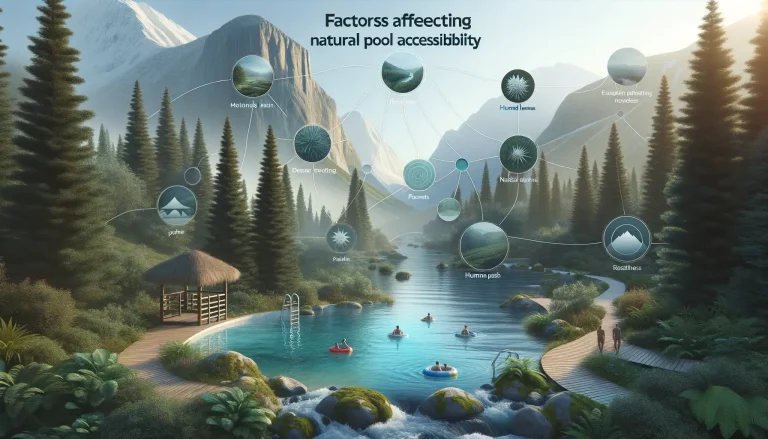Introduction to Eco-Tourism and Mangrove Planting
Imagine walking along a blissful, sun-kissed beach and having the chance to not just marvel at its beauty but actively contribute to preserving it. That’s what makes eco-tourism so thrilling—it turns your vacation into something deeper, more meaningful. And one rapidly growing trend is an activity as poetic as it is impactful: planting mangroves.
Why Mangroves Are the Unsung Heroes of Coastlines
At first glance, mangroves might seem like just twisty, swampy trees. But don’t let that fool you—these are coastal superheroes with roots (literally!) in protecting our planet. Acting as natural shields, they buffer against storm surges, trap carbon dioxide, and create habitats for unique wildlife like stunning herons and playful crabs. Yet, despite their critical role, mangroves are disappearing faster than many rainforests.
This is where you, the traveler with a heart for adventure, come in. Mangrove planting weaves together leisure and legacy—you’re leaving behind a living marker of your visit. Plus, imagine telling friends you planted a tree on your trip! It’s the ultimate souvenir, blending storytelling with sustainability.
- You’ll dig your hands into coastal soil (don’t worry, it’s oddly satisfying).
- You’ll learn fascinating tidbits, like how mangrove seeds float like tiny buoys before rooting.
- And you’ll walk away knowing you’re helping protect beaches for generations to come.
Redefining Connection: Nature, Adventure, and Giving Back
Eco-tourism doesn’t have to mean roughing it in remote jungles or giving up every creature comfort. Instead, it frames your trip around experiences that connect—not only with nature but with purpose. Activities like mangrove planting allow you to become part of the story of the very place you’re visiting. It’s the kind of travel that sticks with you, changing the way you see the world—and your role within it.
The Environmental Benefits of Mangroves

Nature’s Unsung Guardians
Picture this: a gnarled, twisting mangrove root dipping into clear coastal waters. It’s not just a quirky tree—it’s a hero, quietly fighting for Earth’s future. Mangroves are nature’s true multitaskers, offering environmental benefits that ripple far beyond their modest appearance.
For starters, these resilient trees are like Earth’s lungs. They effortlessly filter carbon dioxide, locking it away in their roots and soil for centuries. In fact, they can store up to four times more carbon than tropical rainforests. That’s not just impressive—it’s life-saving for a planet grappling with climate change.
But wait, there’s more. Mangroves also play defense! Their dense roots form natural barriers against fierce storms and rising tides, shielding coastal communities from flooding and erosion. Imagine them as Mother Nature’s own stormproof walls, silently protecting people and wildlife alike.
And then, there’s the nursery magic. Beneath the waterline, fish, crabs, and shrimp find sanctuary in mangrove forests, teeming with life and vibrancy. They’re not just trees—they’re bustling underwater cities.
- Carbon storage champions: absorbing greenhouse gases like pros.
- Biodiversity hotspots: supporting everything from tiny seahorses to majestic birds.
- Coastal bodyguards: reducing flood damage and saving lives.
So next time you see one, remember—mangroves aren’t just trees; they’re lifelines in disguise.
How Tourists Can Get Involved in Mangrove Planting

Make Your Beach Day Count: Get Your Hands in the Mud
Picture this: you’re standing on a golden beach, a salty breeze tangling your hair, and right in front of you lies a patch of soggy earth waiting to be brought to life. That’s the heart of mangrove planting. It’s messy, hands-on, and completely unforgettable. You’re not just passively admiring nature—you’re becoming part of it.
Many eco-tourism destinations offer guided mangrove planting programs that are simple enough for beginners but meaningful enough to leave a lasting impression. Armed with small saplings provided by local guides, you’ll carefully place each one into its muddy new home. If you’ve never squished mud between your toes for a good cause, this is the time to try.
- Join community-led mangrove restoration projects—perfect for connecting with locals.
- Add “eco-warrior” to your travel diary while learning about tidal ecosystems from experts.
- Enjoy Instagram-worthy moments while actually helping the planet.
Mangrove planting often takes just an hour or two, leaving you plenty of time for snorkeling, sunbathing, or sipping on fresh coconut juice. Plus, there’s nothing sweeter than knowing your little sapling could become a haven for fish, birds, and crabs one day. Not bad for a morning’s work, right?
Destinations Offering Mangrove Planting Activities

Where Sustainability Meets Adventure
Imagine standing barefoot on warm, sun-kissed sand, the sound of gentle waves harmonizing with your heartbeat. Now picture yourself holding a tiny mangrove seedling, ready to plant the roots of hope into the earth. Around the world, destinations are transforming this beautiful vision into reality. A few standout locales include:
- Bohol, Philippines: Known not just for its chocolate hills but also its coastal beauty, Bohol invites visitors to join local fishermen in replanting mangroves. It’s hands-on, humbling, and deeply rewarding.
- Ras Al Khaimah, UAE: In this desert paradise, you can trade dunes for lush mangrove forests. Get your hands dirty while learning about the immense ecological value these trees provide in an arid landscape.
- Zanzibar, Tanzania: Unwind on turquoise shores between planting sessions, where passionate conservationists guide you through restoring their vital mangrove belts.
Family-Friendly and Soul-Stirring
For those seeking a trip with heart, mangrove planting programs also prioritize inclusivity. In Florida’s Indian River Lagoon, families flock to eco-lodges offering activities tailored to children—it’s a playful yet meaningful way for little hands to leave a big impact. Meanwhile, in Thailand’s Krabi Province, community-led tours pair planting adventures with breathtaking kayaking trips through labyrinthine waterways. Feel the pull of nature as you help heal it. What could be more unforgettable than that?
Challenges and Future of Eco-Tourism Initiatives

Why Scaling Eco-Tourism Isn’t as Simple as Planting Seeds
Eco-tourism, with its heartwarming intentions, faces more hurdles than you might imagine. While the vision of planting mangroves during a beach visit feels idyllic, the reality is like untangling fishing nets—messy and intricate.
One challenge? Balancing growth with authenticity. As demand for eco-tours skyrockets, some companies adopt a *style over substance* approach. They promise grand eco-friendly experiences but deliver superficial activities that leave little real impact. For instance, mangrove planting might turn into a quick photo op rather than a true conservation effort.
Then there’s local involvement. Without active participation from local communities, these initiatives lack roots. Imagine arriving at a pristine destination only to find the locals sidelined or overwhelmed by tourists unacquainted with the land’s fragility. It’s a recipe for resentment and ecological harm.
- Climate unpredictability also complicates restoration projects like mangrove planting—rising sea levels and storms can undo months of labor.
- Lastly, travel emissions loom over every eco-tourism endeavor. Flying across the globe to “save the planet” can feel paradoxical for conscious travelers.
The Path Forward: Hope in Adaptation
Despite these struggles, the future of eco-tourism is far from bleak. Innovations are emerging to marry sustainability with tourism, offering “out-of-the-box” ideas. Picture carbon-offset packages bundled with your mangrove adventure or virtual workshops to educate participants before their trips.
A growing focus on partnering directly with indigenous groups could shift power dynamics. By investing in their expertise, eco-tourism becomes less of an intrusion and more of a collaboration. The key lies in evolving—not just the industry itself, but also how travelers think. After all, every small step forward eventually shapes the bigger picture, much like a mangrove forest starts with a single seedling.




